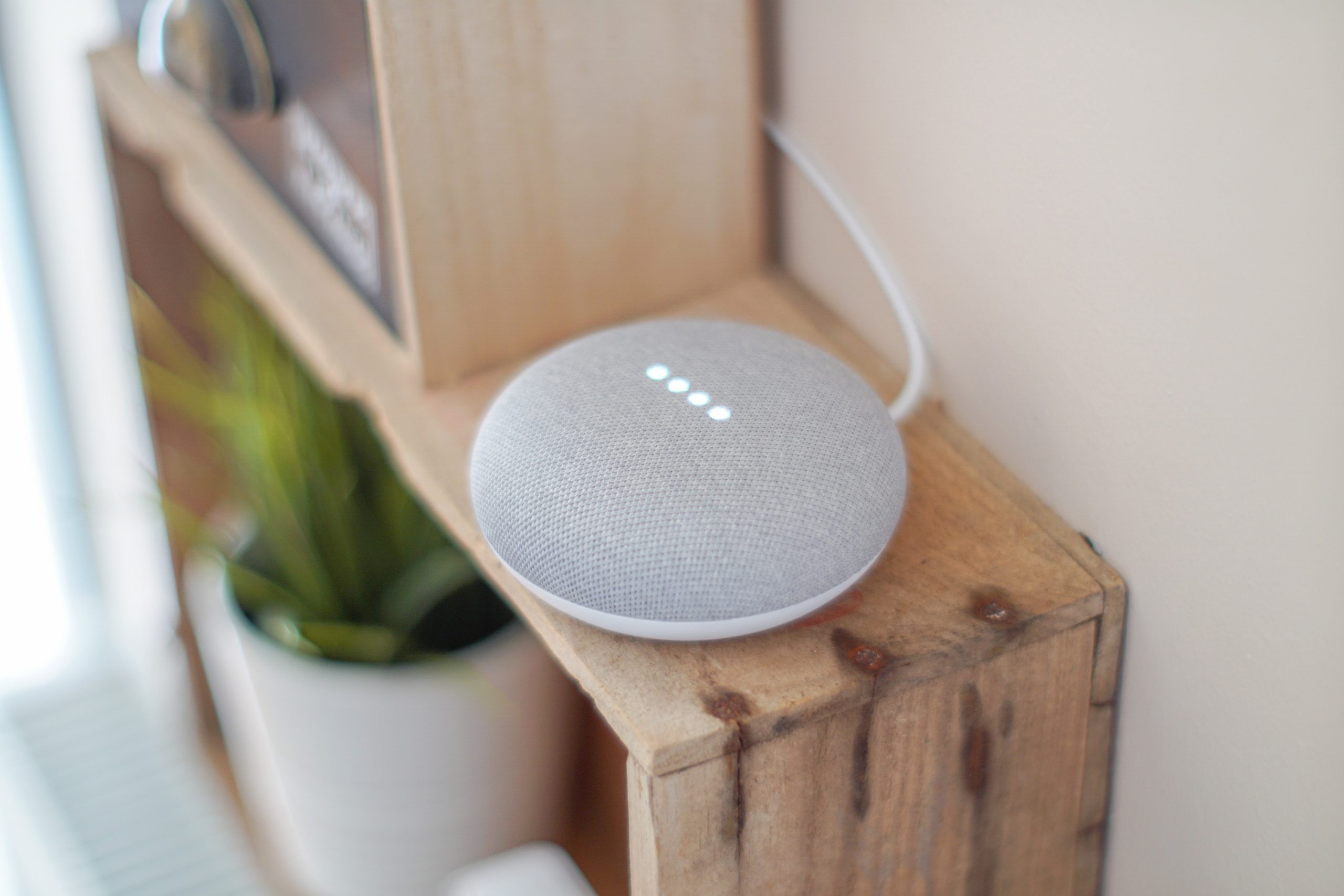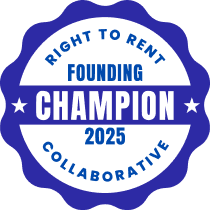Every vacation rental property is different, so there’s no single right or wrong way to cut down on expenses. But no matter when you rent or where you are, trying to cut vacation rental costs and increase vacation rental profitability from a vacation rental investment can sometimes feel like you’re walking on a tightrope.
On the one hand, you need to put yourself in your guest’s shoes to figure out the best way to maximize their experience and, while doing that, your savings. On the other hand, if you have business partners, one may insist on cutting everything to the barebone, creating a situation that could spiral out of control with decreased booking revenue from low occupancy and bad reviews.
Let’s help you find that perfect middle ground by looking at the ten best ways to cut vacation rental costs and increase vacation rental profitability without harming your guest experience.
1. Make the most of the internet by cutting the cables
About 96% of Americans own a cell phone, so there’s no reason to pay $40 per month or more for a landline phone service. If your guest base includes international travelers, you can include a prepaid SIM chip with a local number as part of your welcome package.
Cord-cutting has been a phenomenon for many years, and odds are that your guests don’t subscribe to cable TV in their own homes, so they likely won’t expect it in yours. So instead, install a Smart TV with subscriptions to Hulu, Roku, Netflix, Amazon Prime, or Apple TV so guests can access their accounts or even use yours (if you allow this).
By ditching the cable – which costs the average household about $217 per month – and landline phone service, we’ve already shown you how to cut vacation rental expenses by nearly $260 per month, and we’ve got nine more tips to go for you to save money.
2. Measure the ROI of amenities
Amenities can have a powerful impact – both positive and negative – on the profitability of a vacation rental property. However, they have a double edge: they boost the guest experience but also cost money to maintain.
Features such as an extra bedroom, outdoor hot tub, and high-end appliances can increase bookings and daily rent rates but may not boost ROI (return on investment) at the end of the day. That’s because some amenities can be expensive to maintain, and your guest demographic might not see value in others. Again, this is another way to cut your Airbnb costs and increase vacation rental profitability!
Measuring the ROI of a vacation home is easy when you follow these steps:
- Determine the cost per amenity
- Forecast the daily rate increase per amenity
- Record occupancy rate before amenity
- Measure change in occupancy rate after the amenity
- Calculate the difference in revenue and expense by amenity to determine the return
- Track customer feedback on those amenities and how often a review mentions it
- Weigh the opportunity cost of selecting one amenity over others before you buy
It sounds like a lot of work, doesn’t it? Luckily, we’ve compiled a list of amenities guests are willing to pay more for depending on the property location.

3. Maximize your taxable expenses
A lot of articles focus on how to increase guest booking fees. While boosting revenues is essential, the fact is that taxes can take a massive chunk out of your short-term rental income.
Here are some of the top ways vacation rental property owners can maximize vacation rental property deductions:
- Vendor fees and charges for cleaning, maintenance, and supplies are fully deductible.
- Vacation rental property and liability insurance is also a valid deduction.
- Utility costs for electricity, internet, and water can quickly run thousands of dollars per year, a potential deduction not to be overlooked.
- According to the IRS, professional service fees for property management, legal, accounting, and bookings are fully deductible.
- Depreciation is a non-cash expense deduction that reduces taxable income while letting vacation property owners keep more cash money in the bank.
4. Routine maintenance avoids costly repairs
Vacation rental owners may spend more on routine maintenance and upkeep than they do in their own homes because guests expect the property to be in tip-top condition.
Signing long-term service contracts with landscapers, cleaning companies, pool service, and HVAC companies can help keep maintenance costs down because service providers usually offer a discount for guaranteed work.
Keeping your Airbnb well maintained can also delay the need for significant appliance replacement or mechanical repairs to the electrical, plumbing, heating, and cooling systems. For example, filters for the A/C, dishwasher, and clothes dryer cost only a few dollars to replace but can easily lead to hundreds of dollars in unnecessary repairs if left unattended.
Short video break: Mark Simpson runs Boostly, a short stay accommodation training, consultancy firm, and website design agency. Today he shares with us his own tips for cutting expenses.
5. Create a CapEx account
Professional real estate investors always create a CapEx – or capital expenditures – account to ensure the funds are available for significant improvements or repairs such as replacing an HVAC, roof, or appliances without using a high-interest loan.
Create a separate CapEx bank account for each rental property you own so that you’re not tempted to use the cash for other things. Then, fund your account with a small percentage of the revenues from each rental booking – say between 3% and 5% – and you’ll be surprised at how quickly the account will grow.
6. Refinance your mortgage
If you’ve owned your vacation rental property for more than a few years, take a serious look at refinancing your mortgage. Your monthly mortgage payment could be lower, your cash flow could be higher, and you may even be able to pull equity out too.
Here’s an example of a typical vacation rental property refinancing consideration. Let’s say you purchased a property five years ago for $300,000. Based on a conservative annual appreciation rate of 4%, the property now has a market value of about $350,000. Refinancing this property could help on two fronts:
- Cash and CapEx: Assuming you made a 20% down payment when purchased, equity in the property is now about $145,000 (including appreciation + paydown of the mortgage principal) [Math: $60,000 down payment + $35,733 principal payments + $50,000 market appreciation]. Cash-out refinancing would free up more than $80,000 in untapped equity, enough to use for another vacation rental property and fund your CapEx account.
- Cash flow: If your original mortgage rate was 5% and you refinance your current principal balance at 3.5% interest rates, your monthly mortgage payment (principal and interest) goes from $1400 to $1200 per month, a savings of $200 per month (on a 25 year amortization rate)
7. Go green
Over 70% of baby boomers and millennials believe they need to make sustainable travel choices, according to a recent report from Booking.com. So in addition to boosting revenues by capturing more of the eco-friendly guest market, vacation rental owners can also reduce expenses by going green:
- Energy Star rated appliances use between 10% and 50% less electricity, cutting down on utility bills in the long run while reducing greenhouse emissions.
- Low flow showerheads provide guests with a relaxing massaging spray while saving about 2,900 gallons of water each year.
- Regularly cleaning the dust off of refrigerator coils can improve the energy efficiency of a refrigerator by up to 30%.
- Smart home devices such as keyless entry systems, security systems, thermostats, irrigation systems, and internet-connected sensors improve the guest experience, reduce energy costs, and help protect vacation rental property from theft and vandalism.

8. Cost-effective decorating tips
Buying furniture and heavily used items like dishes, coffee makers, towels, and linens are a significant expense for vacation rental property owners. However, buying items on Cyber Monday or Black Friday or shopping for name-brand items at discount retailers like Marshalls or Overstock can offer major savings.
Other cost-effective decorating tips for your vacation rental include:
- Selecting upholstery such as linen and micro suede that is more durable and easier to clean.
- Keeping color schemes simple and neutral and using less expensive “stock paint” colors from The Home Depot and Lowe’s Home Improvement make touching up dirty-looking scuff marks easier and cheaper.
- Installing woven Roman shades. These are a great alternative to high-maintenance fabric curtains and are an easy way to make guests feel more at home, creating positive reviews and longer bookings.
- Ideally, consumable items should be locally-sourced. But in a pinch, you can replace that handcrafted beeswax candle with a dollar store variety. The same goes for complimentary toiletries or replacing broken dishes and glasses.
9. Minimize booking commissions paid
Savvy vacation rental owners leverage the power of social media sites like Facebook, Instagram, Twitter, and Pinterest to reach out and touch base with past, present, and future guests. Social media marketing is free and a great way to minimize the fees that booking platforms collect and keep those extra profits for yourself by allowing guests to book directly.
Setting up a website for your vacation rental property using a specific domain name and a customized design theme is surprisingly easy and affordable. Fees for a domain and hosting service run about $150 per year, and this is about what you’d pay for a single guest booking fee on one of the major third-party vacation rental platforms.
10. Use vacation rental management software
Managing and coordinating all of the tasks associated with managing even a single vacation rental property can take up an incredible amount of time. Before you know it, bookings begin to drop, expenses increase, and guest reviews aren’t anywhere close to being five-star. You have to hire staff or outsource some of that work to mitigate this, which is an added expense you don’t need.
That’s why so many vacation rental property owners who focus on profitability use a vacation rental software system. There are many benefits of automating your vacation rental business. Let’s go through some of them.
- Allowing guests to book online with an interactive booking calendar removes you from this time-consuming process and improves the guest experience.
- You can eliminate the risk of overbooking by syncing online reservations with a single master calendar.
- Communications can be automated by using built-in email templates to send confirmations, arrival reminders, entry instructions, and follow-up requests for reviews.
- You can increase your average revenue per guest by offering additional à la carte amenities and services such as walking tours, child care, or even pet care.
- Integration tools help automatically adjust your pricing for seasonality and peak usage periods, helping you to maximize booking revenues and minimize vacant day counts.
Related post: Vacation Rental Pricing Strategy: How to Price Like a Pro
Wrapping things up
Even though every vacation rental property is different, the fact is that you can cut certain vacation rental costs and increase vacation rental profitability without sacrificing the guest experience.
Start by thinking about how your guests will feel and what they’ll say about any cost-cutting changes you make. Then, follow these ten steps to cut down on your vacation rental property expenses:
- Cut unnecessary cable and phone fees and start leveraging the power of the internet.
- Carefully monitor the ROI of all amenities and upgrades to ensure they’re paying their way.
- Follow the IRS guidelines to maximize your vacation rental property tax deductions.
- Minimize expensive repairs with routine maintenance contracts.
- Set up a CapEx account as a rainy day fund.
- Refinance your mortgage to increase cash flow and free up accumulated equity in your vacation rental property.
- Go green, gain more business from boomers and millennials, and reduce utility bills.
- Decorate cost-effectively by buying name-brand durable items from discount retailers.
- Reduce expensive third-party booking fees with free social media marketing and your own vacation rental property website.
- Use vacation rental property management software to automate bookings, improve guest communication, and adjust for seasonality and peak booking periods.










